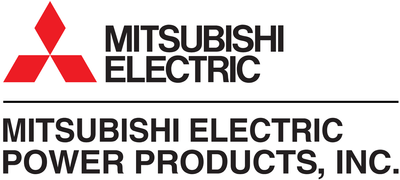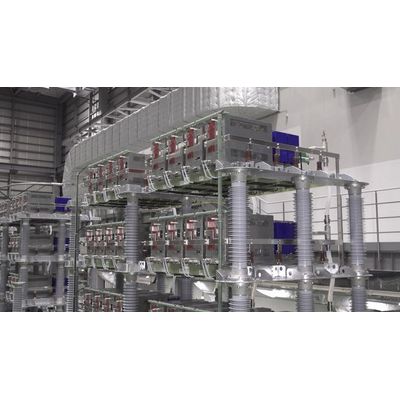

- Home
- Companies
- Mitsubishi Electric US, Inc.
- Products
- Mitsubishi Electric - High Voltage ...

Mitsubishi Electric - High Voltage Direct Current Systems (HVDC)
Mitsubishi Electric HVDC systems provide precise control over power flows and elevate existing stability limitations. Alternative sources of power generation, such as renewables, are typically at great distances from load centers. In these cases, connection through HVDC systems is the optimal solution, when considering reactive power compensation requirements and overall system stability with an AC-based alternative.
Over the past 40 years, Mitsubishi Electric has made numerous technological advancements in the development of high performance power electronics based systems. Mitsubishi Electric is pleased to announce a new key technology to add to its history of innovation: Voltage Source Converter (VSC)-based HVDC-Diamond®.
The emergence of renewable energy sources to meet society’s energy demands while being more environmentally sustainable has created new challenges for utilities. It is becoming more common that electricity is generated by renewable energy sources located far away from load centers and requires advanced transmission technologies to deliver the power efficiently and reliably. HVDC is perfectly suited for these situations of integrating bulk power renewable energy over long distances.
HVDC-DIAMOND® APPLICATIONS
To elevate the intermittency of new generation sources, interconnection between adjacent power systems with HVDC systems is becoming more critical.
HVDC allows asynchronous power systems to be coupled with ease, and gives the operator fine control of power flow between the two. This allows integration of otherwise separate markets, bringing benefits such as reduced spinning reserve, lower intermittency, higher resilience, and the option to take advantage of price differentials. Where the power systems are in the same vicinity a back-to-back configuration can be used. In this case, the two converters can be co-located in the same site and building, with no cable of over-head line required.
GRID REINFORCEMENT
Power flows are increasing in areas of high demand, such as densely populated urban centers; as well as rural areas, where new, often renewable, generation is being connected . However, right-of-way permits for construction of new over-head line are taking longer and longer. Reinforcement through HVDC is typically a faster solution. This has added benefits, such as precise control over power flows, elevating existing stability limitations and ancillary benefits, such as black-start capability.
Long-distance Transmission
New sources of power generation, such as renewables, are typically located at large distances from load centers. In this case, connection through HVDC is the economical solution, when considering reactive power compensation requirements and overall system stability with an ac-based alternative. In the case of off-shore wind-farms, where very long sections of cable are required, transmission through HVDC is the optimum choice.
VSC ANCILLARY FUNCTIONS
VSC-based HVDC has a number of benefits over traditional Line Commutation Converter (LCC) HVDC. A number of ancillary control functions are possible, thanks to the ability to arbitrarily control the output voltage such as:
- Black-start capability
- Reactive power control
- Fault-ride through support
